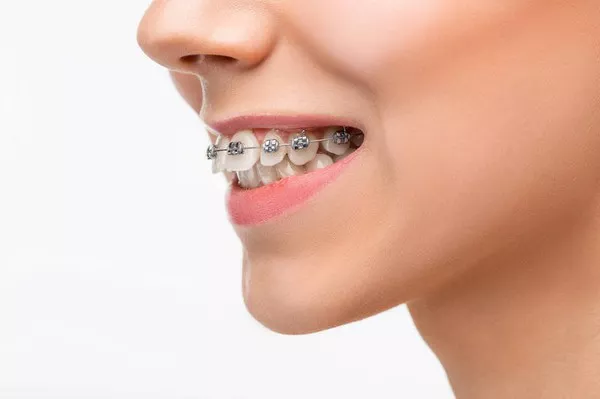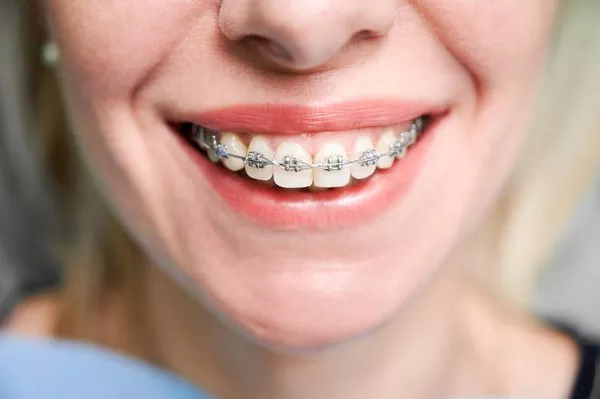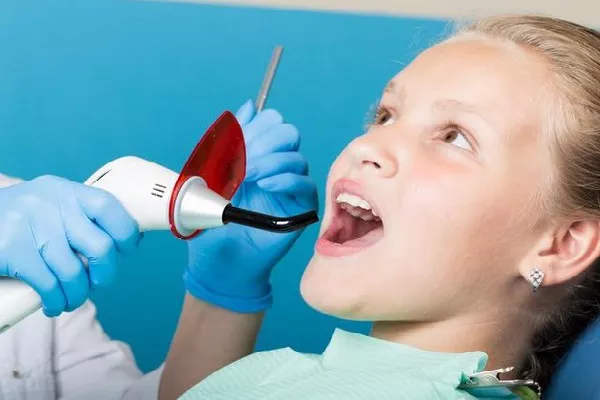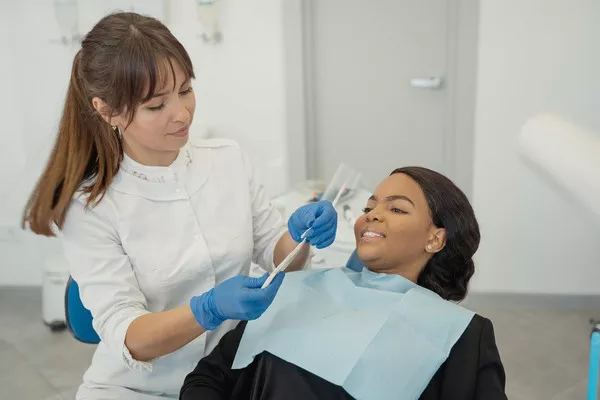Orthodontic treatment plays a vital role in improving oral health and enhancing the appearance of a person’s smile. Dental misalignments, commonly referred to as malocclusions, can lead to various oral health issues and impact one’s self-confidence. In this article, we will explore the reasons why orthodontic treatment is necessary, the benefits it offers, and the different treatment options available for achieving a straighter and healthier smile.
What is Orthodontic Treatment?
Orthodontic treatment is a specialized branch of dentistry that focuses on diagnosing, preventing, and correcting dental and facial irregularities. The primary goal of orthodontic treatment is to align teeth properly, correct bite problems, and improve the overall aesthetics of the smile.
Reasons for Orthodontic Treatment
Orthodontic treatment is essential for various reasons, including:
a) Dental Misalignments: Dental misalignments, such as crowded or crooked teeth, can make it challenging to clean the teeth effectively, increasing the risk of tooth decay and gum disease.
b) Bite Problems: Malocclusions can result in bite problems, such as overbite, underbite, crossbite, and open bite. These issues can lead to uneven wear of the teeth, jaw pain, and difficulty chewing.
c) Speech Difficulties: Severe dental misalignments can affect speech clarity, making it challenging to pronounce certain sounds correctly.
d) Self-Confidence: A straight and attractive smile can significantly boost an individual’s self-confidence and overall well-being.
e) Oral Health: Properly aligned teeth are easier to clean, reducing the risk of oral health problems and promoting long-term dental health.
Benefits of Orthodontic Treatment
Orthodontic treatment offers numerous benefits, including:
a) Improved Oral Health: Straightening teeth through orthodontic treatment allows for better oral hygiene, reducing the risk of cavities and gum disease.
b) Enhanced Aesthetics: A beautiful, well-aligned smile can boost self-esteem and positively impact social interactions and professional opportunities.
c) Better Chewing and Speech: Correcting bite problems can improve chewing efficiency and speech clarity.
d) Reduced Jaw Discomfort: Orthodontic treatment can alleviate jaw pain and discomfort caused by bite problems.
e) Preserving Tooth Structure: Properly aligned teeth distribute bite forces evenly, reducing the risk of tooth wear and damage.
Common Orthodontic Problems
Several common orthodontic problems warrant orthodontic treatment:
a) Crowded Teeth: Lack of space in the dental arch can cause teeth to overlap and become crowded.
b) Spacing Issues: Gaps or spaces between teeth can impact aesthetics and increase the risk of food impaction.
c) Overbite: When the upper front teeth excessively overlap the lower front teeth, it is known as an overbite.
d) Underbite: An underbite occurs when the lower front teeth protrude in front of the upper front teeth.
e) Crossbite: A crossbite is when one or more teeth are improperly positioned in relation to the opposite jaw.
f) Open Bite: An open bite is characterized by the absence of contact between the upper and lower front teeth when the back teeth are biting down.
Orthodontic Treatment Options
Orthodontic treatment offers various options to correct dental misalignments, including:
a) Braces: Traditional braces consist of metal brackets and wires that gradually shift teeth into their correct positions.
b) Ceramic Braces: Similar to traditional braces, ceramic braces are less noticeable as the brackets are tooth-colored or clear.
c) Lingual Braces: Lingual braces are attached to the back of the teeth, making them virtually invisible from the front.
d) Invisalign: Invisalign involves the use of clear, removable aligners that gently move teeth into place without the need for brackets or wires.
e) Retainers: After completing active orthodontic treatment, retainers are used to maintain the results and prevent teeth from shifting.
Seek Orthodontic Evaluation
Seeking an orthodontic evaluation is an important move that can help you understand if there are problems with your teeth and bite and provide an opportunity for early intervention for those who may need orthodontic treatment. An orthodontic evaluation is a comprehensive oral examination by a professional orthodontist (dentist) to determine if there are abnormalities in the teeth and bite and if further orthodontic treatment is required. Here are more details about seeking an orthodontic evaluation:
The importance of early assessment:
Early assessment is very important, especially for children and adolescents. Early detection and correction of underlying orthodontic problems during tooth development can help prevent further problems and may reduce the complexity of treatment needed in the future. Early evaluation also helps ensure proper growth and development of teeth and maxillofacial bones, which promotes oral health.
When to seek an orthodontic evaluation:
The following situations may indicate that you or your child should seek an orthodontic evaluation:
Misaligned Teeth: Crowded, misaligned, or crooked teeth can affect oral hygiene and appearance.
Occlusal problems: including overlaying (upper teeth overlying lower teeth), crossbite (lower teeth covering upper teeth), cross bite (upper teeth inside lower teeth), open bite (front teeth do not touch), malocclusion, etc. .
Thumb-sucking: Chronic thumb-sucking or use of a pacifier may cause teeth to develop abnormally.
Persistent tongue suction: The tongue does not squeeze the teeth properly when speaking or swallowing.
Losing deciduous teeth too early or too late: Early loss or retention of deciduous teeth may affect the normal development of permanent teeth.
Other oral problems: such as oral breathing, dry mouth and other problems.
Orthodontic assessment process:
During an orthodontic evaluation, the orthodontist will perform the following steps:
Complete oral examination: Examines the teeth, maxillofacial bones, and gums of the mouth for abnormalities.
X-rays: X-ray images allow an orthodontist to view the structures hidden beneath the teeth to assess the position and development of the teeth.
Dental Impressions: An impression is taken to make a model to help the orthodontist plan the appropriate treatment.
Conclusion
Orthodontic treatment is essential for correcting dental misalignments, improving oral health, and enhancing the overall aesthetics of a smile. Whether it’s crowded teeth, spacing issues, or bite problems, seeking orthodontic evaluation can lead to a healthier, straighter, and more confident smile. The benefits of orthodontic treatment extend beyond aesthetics, as it also improves chewing efficiency, speech clarity, and overall oral health. With various treatment options available, individuals of all ages can benefit from orthodontic care to achieve the smile they have always dreamed of and maintain optimal dental health for years to come.
Related Topics:



























